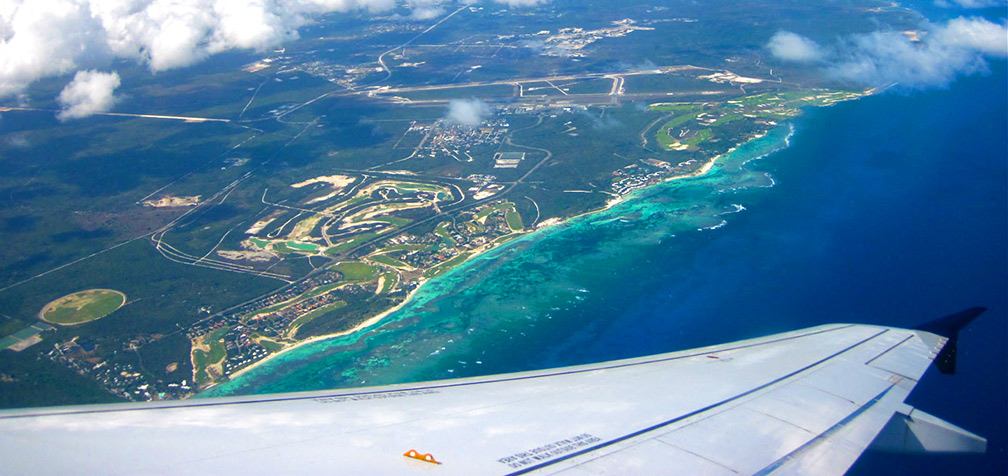Dominican Republic – Tourism acceleration South America vs Canada market
South America will soon reach Canada in tourism issuance to DR
South America has become a great value market for Dominican Republic’s tourism. According to the Minister of Tourism, Francisco Javier Garcia, this region currently contributes in a 13.4% of the total visitors arriving to the Dominican Republic, and will eventually reach in a short while the Canadian arrivals, which contributes with 15.6% of the tourists that visit DR.
With Argentina, Brazil and Colombia as pioneers in wanting to spend their vacations in Dominican Republic, the South American region has long ceased to be an emerging niche to become a consolidated market, as far as tourist emission to the Dominican Republic is concerned.
Between 2011 and 2015, 2,470,940 passengers from South America entered the Dominican Republic, according to information given by Alexandra Izquierdo, director of the National Statistical Office (ONE). She also added that among the countries with the highest flow of passengers to DR are Argentina, with 546,066, a 22%; Brazil, with 499,671, a 20%; Venezuela, with 468,409, a 19%; Colombia, with 353,219 a 14%; And Chile, with 261,464, an 11%, “being Venezuela the country with the highest growth, even higher than the behaviour of the South American region as a whole”, according to the ONE. “Venezuela has had a year-on-year growth of 35% in terms of passenger flow to the Dominican Republic, well above of the 20% being the regional growth, followed by Chile, Brazil, Colombia and Argentina,” said the director of the ONE, Through a press release, according to the publication of local newspaper Listín Diario.
Today, destinations in the Dominican Republic, such as Puerto Plata, are seeing in South America a large emitter to be conquered.
Garcia said that “Canada is one of the most faithful markets that has historically had Dominican Republic,” and that together with the United States currently contributes 60% of tourists arriving at this Caribbean destination.



